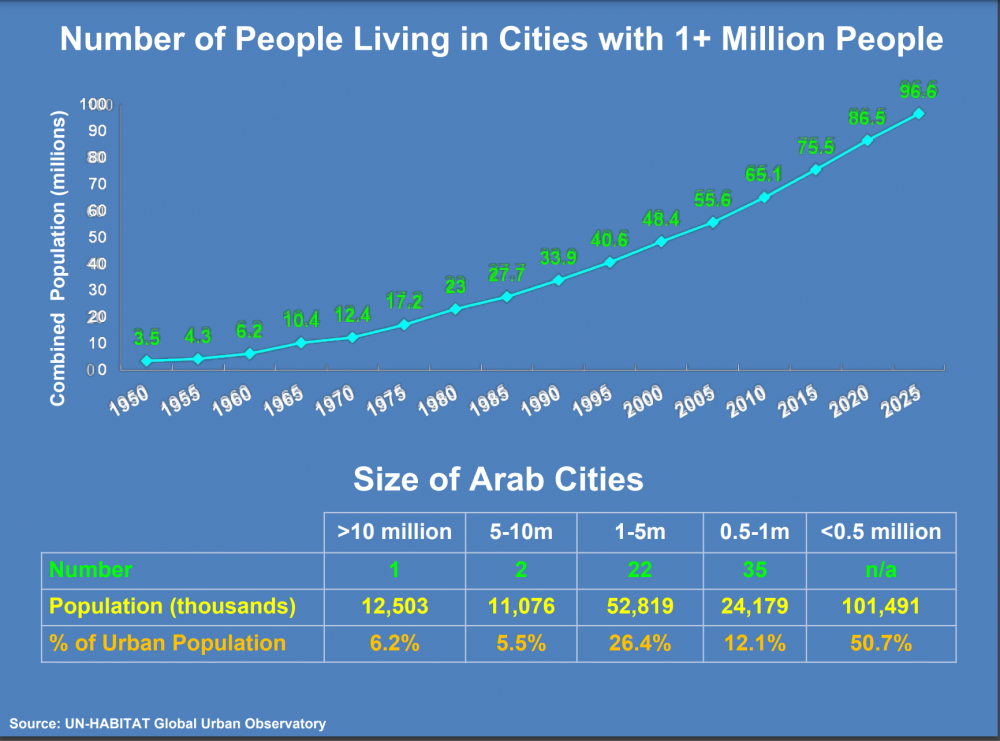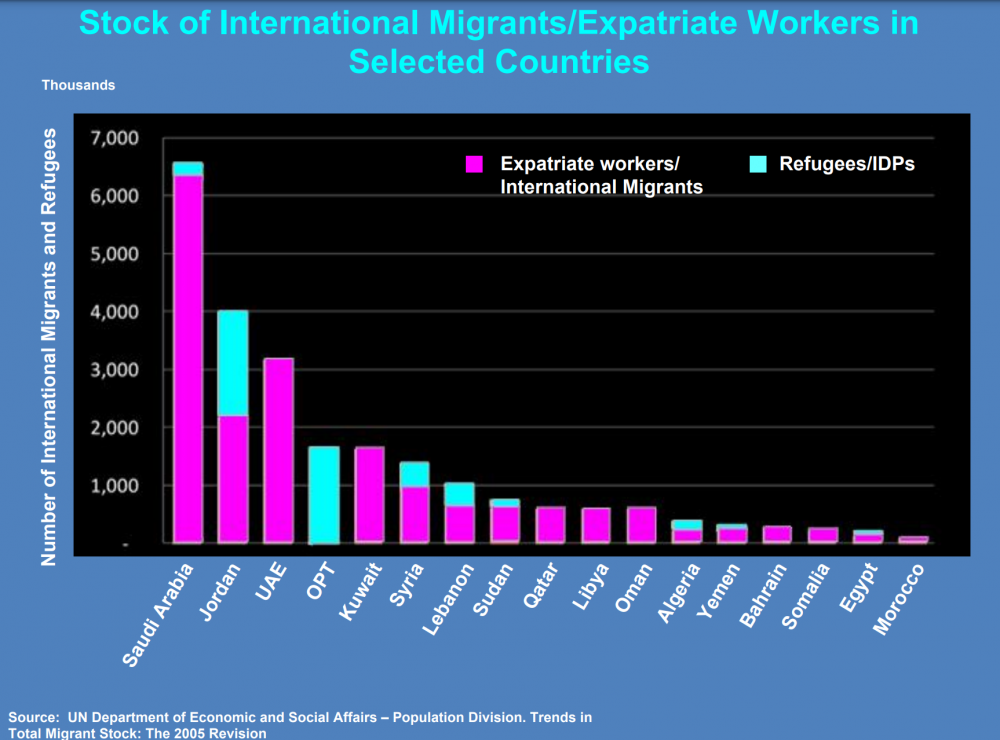Abstract
In 2014, a I2UD research team produced a set of background research materials for the International Organization for Migration’s 2015 “World Migration Report,” addressing issues of displacement, migration and resettlement in MENA, the Middle East and North African geographic region.
I2UD staff prepared of a series of case studies and facilitation of training course for Iraqi officials, discussing durable shelter solutions for internal displaced persons (IDPs) and returnees in Iraq, Syria, Spain, Italy, Sudan, and Yemen. The project aimed to: support local authority’s capacity to deal with migration patterns, review shelter needs for refugees, address reforms and challenges for accommodating migrants, and offer support for returnees.
Documents include a MENA Background paper outline an initial work plan from September 2014, and a second work plan from December 2014. Supporting materials include a display of “Project Statistics and Refugee Camps” in the region, a “Provincial Action Plan” for Van, Turkey, and an outline of “Durable Housing Solutions and Livelihoods for Georgian IDPs.”
| Project Year: | 2014 |
| Project Type: | Research Paper |
| Geographic Regions: | Middle East and North Africa / Mashreq (Egypt, Lebanon, Syria, Iraq, Jordan, and Palestine) / Maghreb (Libya, Tunisia, Algeria, and Morocco) / Gulf Cooperation Council (Bahrain, Kuwait, Oman, Qatar, Saudi Arabia, and the United Arab Emirates) / Southern Tier (Yemen and Sudan) Additional Countries: Van, Turkey / Georgia / France / Spain / Italy / Germany / United Kingdom |
| Reports: | International Organization for Migration: MENA Background Paper (Outline, September 2014) International Organization for Migration: MENA Background Paper (Work Plan, September 2014) International Organization for Migration: MENA Background Paper (December 2014) International Organization for Migration: Projected Statistics and Refugee Camps International Organization for Migration: Provincial Action Plan, Van, Turkey (Draft) International Organization for Migration: Durable Housing Solutions and Livelihoods for Georgian IDPs (Case Study) |
| Authors: | Mona Serageldin; François Vigier; Maren Larsen; Barbara Summers; Sheelah Gobar |
| Sponsors: | International Organization for Migration (IOM) |
| Categories: | Reconciliation and Development |
| ID: | 2014_09_001 |



